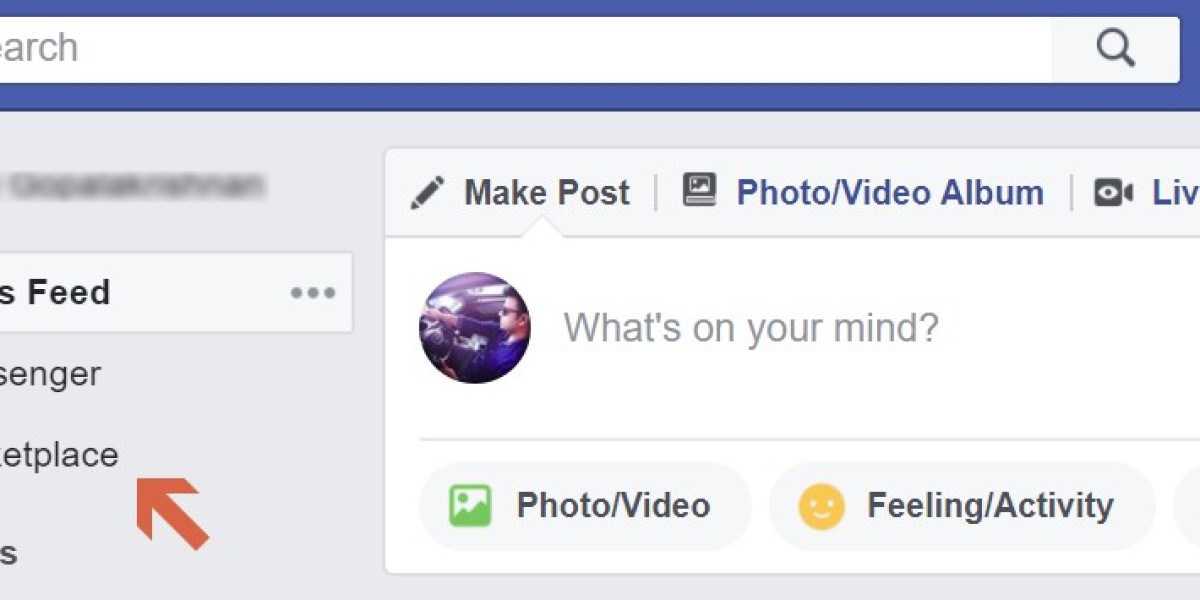Welcome food enthusiasts! Today, let's embark on a culinary journey as we explore the world of fast food and restaurants. These two dining options have become a staple part of our lives, each offering its unique style and service. So, what is the difference between fast food and restaurant dining?
Defining Fast Food: What is it?
Fast food is a term that has become synonymous with quick, convenient meals. It represents a type of food service where the preparation time is minimized, the meals are often pre-cooked or heated upon ordering, and the service is swift. The primary goal is to serve customers as quickly as possible, keeping up with the fast-paced rhythm of life.
Defining Restaurants: What are they?
On the other hand, a restaurant represents a dining venue where meals are freshly prepared, cooked, and served to customers. The focus is on the dining experience, culinary creativity, service quality, and ambiance. Restaurants often feature a broad menu with various cuisines and dishes, and the dining experience could range from casual to formal.
Fast Food vs Restaurant: What is the Difference?
The core difference between fast food and restaurant dining lies in the service speed, food quality, cost, and overall dining experience. Fast food is designed for those seeking a quick, convenient meal, often at a lower price point. Restaurants, however, aim to offer a more comprehensive dining experience, focusing on food quality, service, and ambiance.
Understanding the Difference between Limited Service Restaurant and Fast Food Restaurant
A limited-service restaurant is a hybrid between a traditional restaurant and a fast-food establishment. They offer counter service or food delivery to customers, with no or minimal waiter service. The food quality and menu choices often exceed those of a fast food restaurant, but the service speed and prices align more closely with fast food.
Quality of Food: Fast Food vs Restaurants
When it comes to food quality, restaurants usually have the upper hand. This is due to the fresh ingredients, skilled chefs, and a more extensive menu. In contrast, fast food, due to its need for speed and cost-effectiveness, often relies on pre-cooked or frozen ingredients.
Cost Analysis: Fast Food vs Restaurants
The cost of dining can vary greatly between fast food and restaurants. Fast food is generally cheaper due to lower operational costs, while restaurants, with their focus on service, ambiance, and food quality, usually charge higher prices.
Health Aspects: Fast Food vs Restaurants
Health considerations are a significant factor when comparing fast food and restaurants. Fast food is often high in calories, unhealthy fats, sugars, and sodium, while restaurants, with their varied menus, often provide healthier, more balanced meal options.
Customer Service: Fast Food vs Restaurants
Customer service is another area where the two differ significantly. Restaurants tend to prioritize attentive, personal service, while fast food establishments focus on quick and efficient service.
What is the Difference between Limited Service Restaurant and Fast Food Restaurant?
To reiterate, limited-service restaurants fall somewhere between fast food establishments and full-service restaurants, offering quality food, fast service, and competitive prices.
Pros and Cons of Fast Food
Fast food's main advantages are its convenience, speed, and affordability. However, its major drawbacks include lower food quality and potential health risks due to high-calorie, nutrient-deficient meals.
Pros and Cons of Restaurants
Restaurants shine in terms of food quality, variety, and dining experience. The downsides are higher prices and longer wait times for food preparation and service.
Nutritional Differences between Fast Food and Restaurants
Fast food often lacks in nutritional value, while restaurants generally offer more balanced and nutritious meals, giving customers the chance to make healthier choices.
Price Differences between Fast Food and Restaurants
Fast food is typically more affordable, while restaurant dining is more expensive, reflecting the higher quality of food and service.
Making the Best Choice: Fast Food or Restaurant?
The best dining option depends on various factors, such as budget, time constraints, dietary needs, and personal preferences. Both have their place in our lives, serving different purposes and occasions.
Comparing the Food Quality: Fast Food vs Restaurant
While fast food offers convenience, its food quality often falls short compared to restaurants, which prioritize fresh ingredients and culinary expertise.
Comparing the Service: Fast Food vs Restaurant
Fast food excels in speed and efficiency, while restaurants focus on personalized, attentive service.
Comparing the Atmosphere: Fast Food vs Restaurant
Fast food establishments prioritize function over form, while restaurants often invest in creating a pleasant ambiance to enhance the dining experience.
Health Implications: Fast Food vs Restaurant
Frequent dining at fast food outlets can lead to health issues like obesity and heart diseases due to high-calorie, low-nutrient meals. Restaurants, with their diverse menus, can cater to healthier diet preferences.
The Costs: Fast Food vs Restaurant
Fast food is generally kinder to the wallet, while restaurant dining, with its emphasis on quality and service, commands a higher price.
Conclusion: Making the Right Dining Choice
In conclusion, both fast food and restaurants cater to different needs and situations. Understanding the differences can help us make more informed dining decisions based on our priorities and circumstances.
So, the next time you ask yourself, "what is the difference between restaurant and fast food?" refer back to this comprehensive guide. Whether it's a quick bite or a leisurely meal, the choice is yours. Happy dining!
What classifies a restaurant as fast food?
Service Speed: The primary characteristic of a fast food restaurant is the speed of service. Orders are typically taken at a counter or drive-thru and served within minutes.
Menu Items: Fast food menus usually consist of items that can be prepared quickly, such as burgers, fries, sandwiches, and pizzas.
Consistency: These restaurants often belong to chains with standardized menus, ensuring that food and service are consistent across different locations.
Limited Table Service: Most fast food establishments offer minimal table service. Customers usually order at a counter, pay upfront, and serve themselves.
Takeaway and Delivery Options: Fast food is often designed for takeaway or drive-thru, although seating may be available for dining in.
Food Preparation: Food is typically pre-prepared or quickly assembled from a set list of ingredients, allowing for rapid service.
Pricing: Fast food is generally less expensive than food served in traditional sit-down restaurants.
Is fast food also a restaurant?
Yes, fast food establishments are a type of restaurant. They fall under the broader category of restaurants as they provide prepared food services to customers. However, they differentiate themselves through their focus on speed, convenience, standardized menus, and typically lower pricing.
Is McDonald's a restaurant or fast food?
McDonald's is classified as a fast food restaurant. It epitomizes many of the defining characteristics of fast food establishments:
- Quick Service: McDonald's is known for its very fast service and efficiency in preparing meals.
- Standardized Menu: It offers a standardized menu across its global franchises, focusing on items like hamburgers, fries, and soft drinks.
- Consistency: McDonald's maintains a high level of consistency in its food and service, regardless of location.
- Minimal Table Service: While some locations may offer minimal table service, the standard practice is ordering at a counter with self-service for condiments and utensils.
What defines food as fast food?
Preparation Time: Fast food is characterized by its quick preparation and serving time. This is facilitated by a streamlined cooking process, often involving pre-made or easily assembled ingredients.
Simplicity of Menu Items: Fast food items are generally simple and easy to eat, often designed to be consumed on the go.
Standardization: Fast food items are typically standardized, especially in chain restaurants, ensuring a uniform taste and quality across different locations.
Convenience: Fast food is designed for convenience, often available for takeaway, drive-thru, or quick dining-in options.
Price Point: Fast food is usually priced lower compared to traditional restaurant meals, reflecting the focus on efficiency and volume.
In essence, fast food is defined by its quick service, standardized menus, simplicity, convenience, and pricing, making it distinct from other types of restaurant dining experiences.


